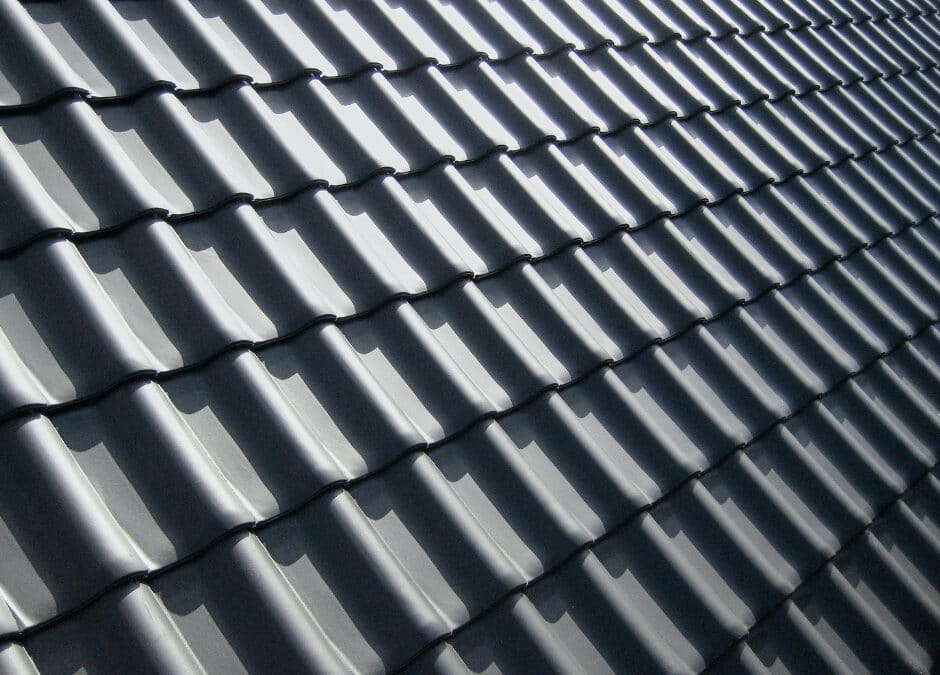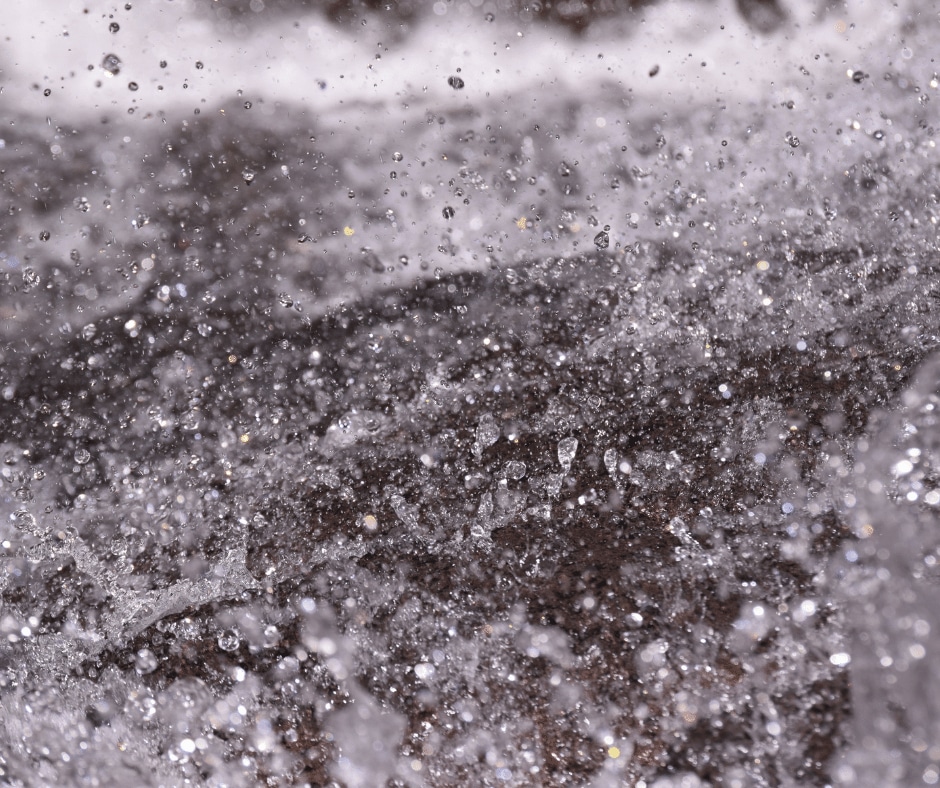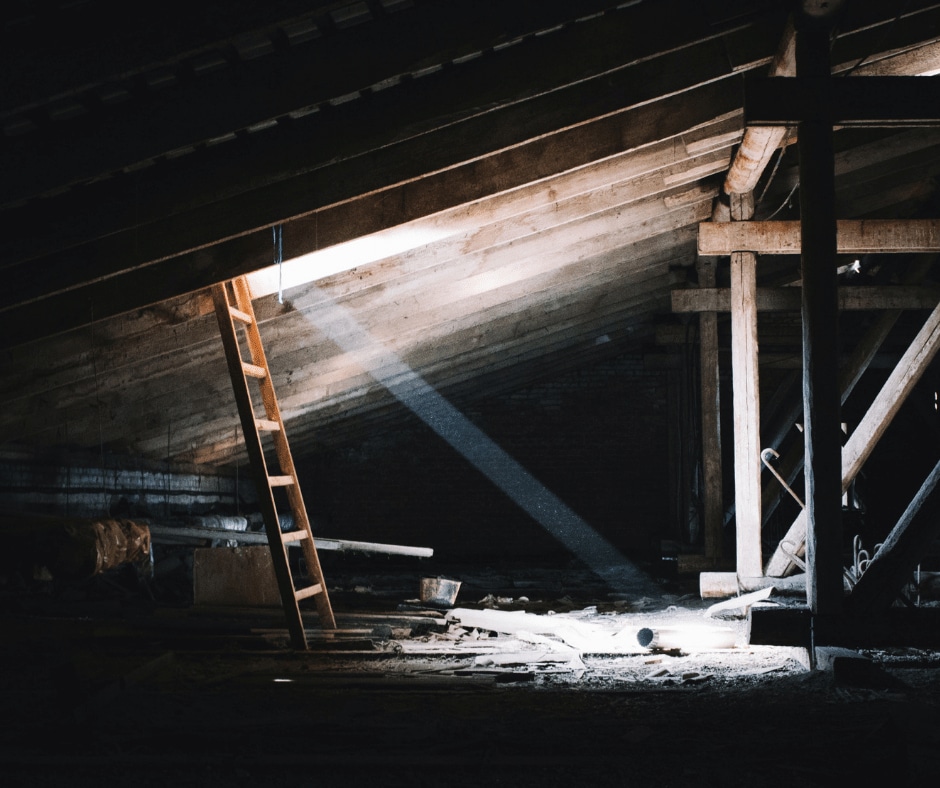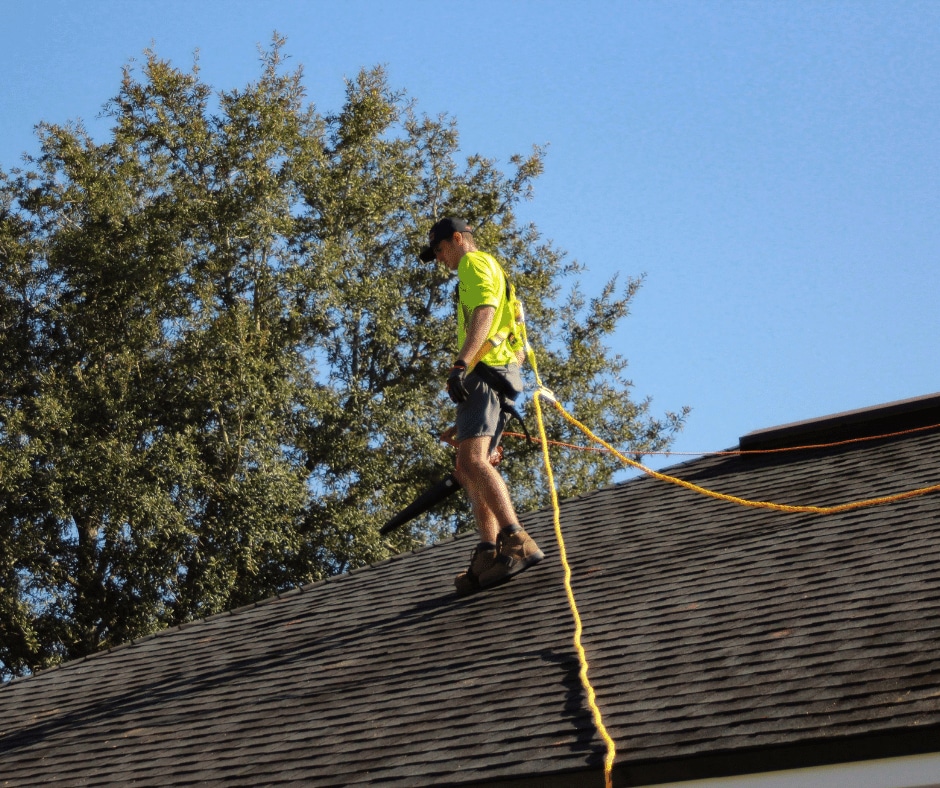When a hurricane or hail storm strikes, it can be challenging to determine the extent of the damage. Therefore, you should inspect your roof after a storm, even if you believe it is unscathed. You don’t want to be in a situation where you are oblivious that your roof has been damaged. If you don’t look closely, the next time a storm or even a simple rainfall occurs, you might have a massive mess on your hands. For this reason, we will show you how to check your roof for storm damage so that you can keep your home safe and in one piece.
What Can Cause Damage During a Storm
Numerous factors can cause damage to your roof, particularly if you do not have the appropriate type of roof for the environment in which you live. Before making any changes to your current roof, you should always consult with professional roofers. However, certain things can damage or even destroy your roof, regardless of whether you have the correct type of roof or not. These are some examples:
- Wind: Hurricane-force winds or gale-force winds can cause severe damage to your home’s roof. Winds may blow away shingles, exposing the underlayment or roof deck.
- Hail: Although hailstorms are seldom long, they may damage or remove shingle granules. Hail damage might also detract from the visual attractiveness of your roof.
- Ponding: Small puddles of water on your roof can wreak havoc. Ponding can happen if your drainage system is not up to par. If you have clogged gutters, this can also cause rainfall to back up beneath your shingles, allowing water to penetrate the roof deck.
- Debris: A strong enough storm can launch tiny branches or even massive tree limbs onto your roof. Large things like that may damage or affect the shingle surface, letting moisture into the roof, although lighter branches may not be as harmful.
Perform A Visual Inspection
No matter what kind of storm occurs outside your home, the first thing you can do to check your roof for storm damage is to look at it. You should go around your house and physically assess the outside siding, gutters, and downspouts. Additionally, look at every part of the roof that you can see from the ground. If you have a multi-story house, you can use binoculars to have a better look. Look for evidence of wind or hail damage such as indentations, divots, or scratches in your siding. Also, look for any damage to your gutters.
Afterward, climb to the roof itself. Since severe winds can easily pull shingles away, exposing your roof’s underlayment to moisture, you need to ensure that all shingles are in place. If there are missing shingles, you should look for them. Check your yard and gutters for shingle pieces as well. You should clear your whole roof of any torn or shattered shingle pieces. Once you are done with that, you can assess the full extent of the damage. Afterward, you can try and mend the roof yourself or hire professionals to do it for you.
Examine The Interior
Even if you don’t see any damage on the outside, that doesn’t mean no damage has occurred. If your property has an attic, you should do a walk-through to check if anything needs to be repaired. Look for evidence of water damage or leaks. You can also see damage in the form of light coming in throughout small holes that may have been created during a hail storm. Of course, if you detect outside debris such as roofing shards, leaves, pebbles, or twigs, wind and hail have most likely ripped a hole in your roof. Even if you don’t have an attic, you should inspect the walls and ceiling on your home’s highest level. Water stains may signal a roof leak caused by a storm.
If the damage to your roof is extensive, it may necessitate extensive repair work. In this situation, it’s best to keep your belongings somewhere safe for the duration of the repairs. Renting a storage unit for your furniture is a good idea. All you have to do is figure out how much space you need for all of your belongings, and that’s it.
Have Professionals Check Your Roof For Storm Damage
If a strong storm just hit your home, and you are unsure how to check for damages, it’s always a good idea to call professionals to do a thorough examination. We would advise that you do this even if you’ve had a thorough look yourself. If your roof suffers significant damage during a hail storm, you should contact roofers specializing in hail damage roof inspections. A professional roof inspection of this nature will help you with insurance claims once everything has settled. The roofers may advise you on whether or not to submit a claim with your insurance carrier.
Now you know how to check your roof for storm damage. And, as you can see, that is not too much work. The only important thing is that you are thorough and know what to look for. However, you can always hire professional roofers if you don’t think you could spot any issues. They will be happy to assist you in determining the extent of the damages sustained to your roof during a storm.





Recent Comments